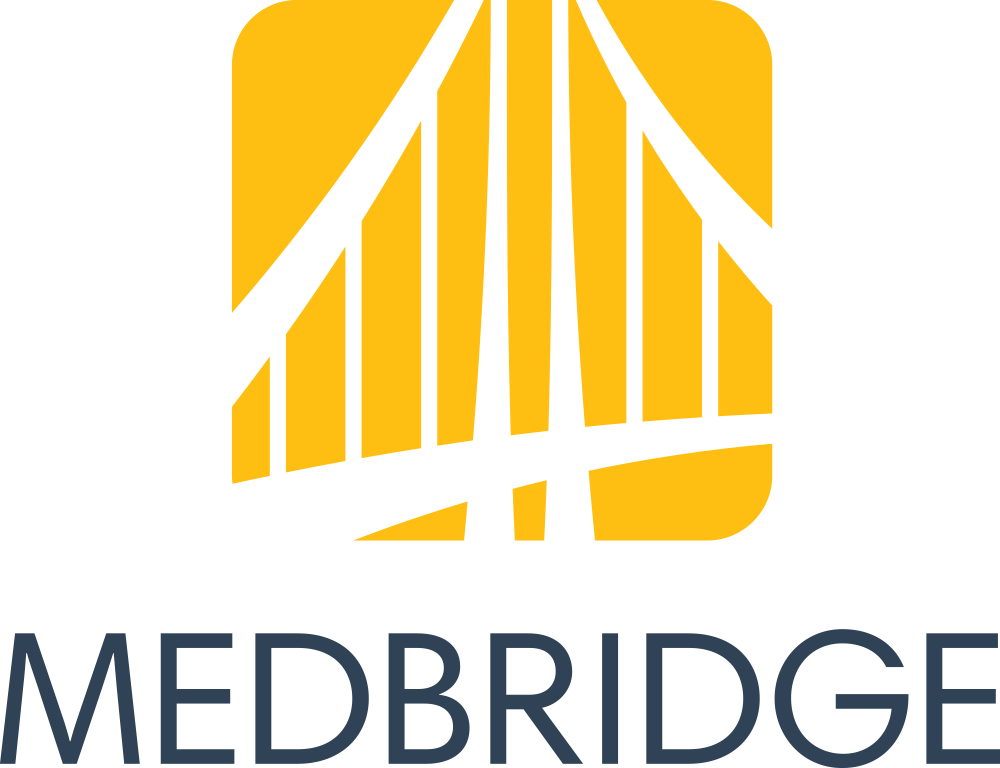It's exciting to have the continued opportunity to contribute to the ASHA Leader for a few of their APP-titudes columns. It's a different kind of writing, and I have to go back to stuff I did not learn when completing my journalism degree at BU, and that Magazine Journalism class I never took (I never really liked asking people, you know, questions), but it seems to come out ok after editorial assistance.
In my piece that just came out this week, I discuss apps that clinicians can use to facilitate the daunting process of making your therapy educationally relevant, meaning that the context mirrors or parallels what is going on in the classroom setting. This is a huge passion of mine, though I feel I must clarify two possible misconceptions. First of all, I am not talking about SLPs being tutors of classroom subjects. Rather, the classroom content can be used as a context or target to target goals and strategies: e.g. categorization, description, use of graphic organizers, visualization, and so on. Secondly, although this topic is important, I realized as I saw my column in an issue filled with information about Common Core, it wasn't really about Common Core, as (for now) those standards are only in Language Arts and Math. But the information I shared can be about Common Core, and I decided where possible that I would include a Common Core Connection in my posts to link resources shared here to relevant Common Core standards, as I know many public school SLPs are struggling to integrate those.
In my column, I wrote, "In addition to the built-in maps app, Google Earth, available for iOS, Android, and any desktop or laptop machine, provides an extraordinary view of any geographic region. Google Earth allows clinicians to target spatial concepts, descriptive language, categories, and reading comprehension, all by zooming in on locations and viewing photos in the Panoramio layer. The stunning interactive 3D imagery available on the desktop version will soon be available on mobile devices as well."
These columns are written somewhat ahead of time, and I wanted to let you know (and see) that the free Google Earth app NOW has 3D imagery for select cities (with more to come): Boston (yay), Los Angeles, Seattle, Denver, San Francisco, Geneva, and Rome.
The new version also comes with a super-handy tutorial that opens on launch (later it can be re-accessed anytime under the "wrench" icon) that can provide a nice lesson in following directions:
I really hope you enjoy this great app. The only caveats I can share are that the 3D imagery is not available on iPad 1, and that I sometimes get a message that "Google Earth is running low on memory" but the app continues to function.
Common Core Connection
This app can be used, with your verbal prompting and scaffolding, to target standards such as:
SL.3.3. Ask and answer questions about information from a speaker, offering appropriate elaboration and detail.


.PNG)




Great post. Articles that have meaningful and insightful comments are more enjoyable, at least to me. It’s interesting to read what other people thought and how it relates to them or their clients, as their perspective could possibly help you in the future.
ReplyDelete